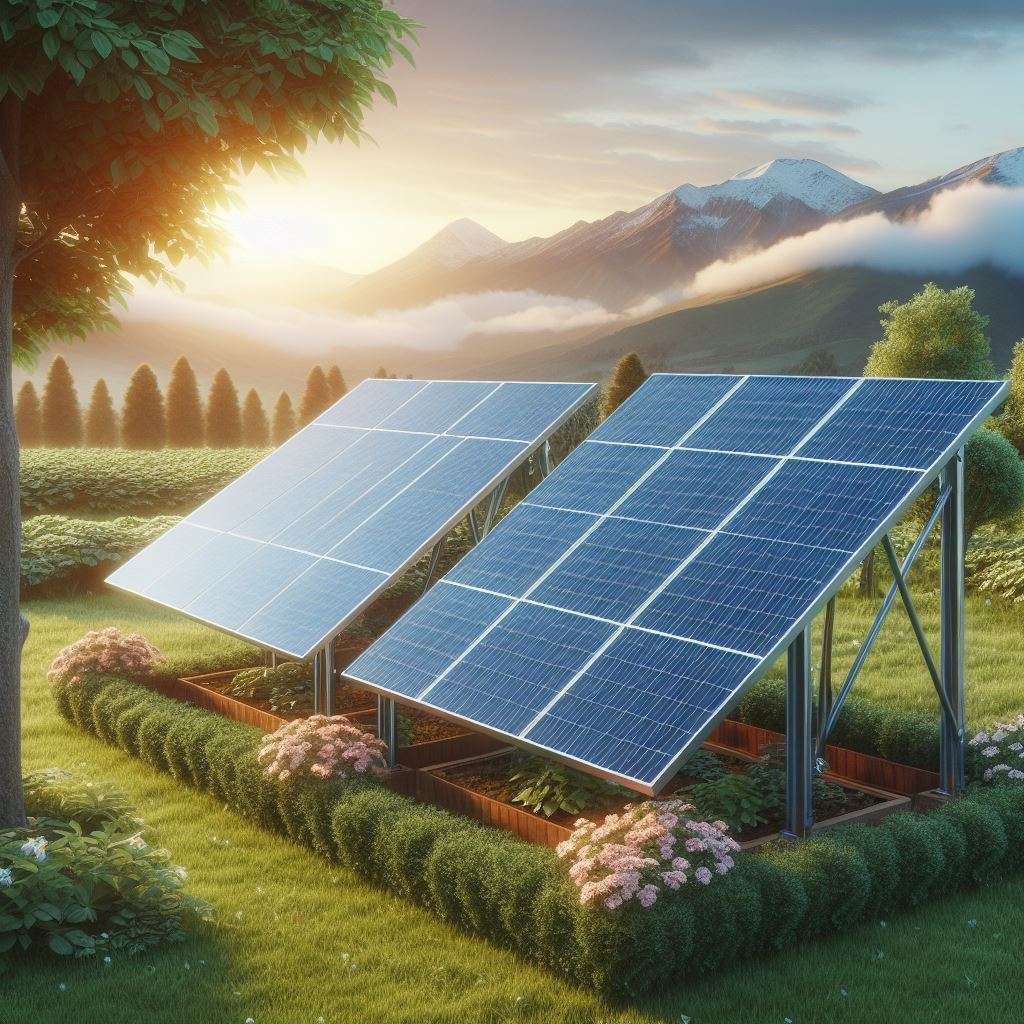Solar power is cost effective, the recent drop in price per kWh down to around £0.236kWh from the £0.32 is a bit of breathing space as whole sale prices drop due to the availability of solar on the energy market. This simply means that solar farms are making a lot of power and so this lowers the price of power. Come late October, when there is less solar farm power the prices will rise again, and its highly likely that this will be the new norm.
Solar this year has not been the best year for solar production. We have had cloudy days more so , that the best light haze days which is great for solar, so in general home users would not have faired as good this year.
If you were looking for a cost effective solar solution that wont break the bank and pay back quickly, then it has to be the micro solar plants.
Micro solar, is a small grid tied system where the converting of the power is at the panel level meaning that the systems are designed with low voltage in mind. The difference between a string inverter, which is larger, is that you need to have a number of solar panels to even get it to start, usually 4 or more solar panels.
Micro inverters work from just one panel. You can but these in various power points, from around 300W to 1800W and they can be linked together to make a much larger solar power plant, but they can cost more that a single string inverter. they are scalable and it can be worth buying a later micro inverter and add panels to it as you need, making this a try and buy, then add panels as you see fit.
With micro solar there is no shading issues, this is due to the fact that they are independent to the panel, while you may have 4 panels on a micro inverter, each one is managed individually. if you have shading issues, then £40 per panel for a optimizer can add up.
A micro inverter can be purchased from our shop, but here are things you should look before you buy; what you want to do in terms of scale and panel placement as well as your power usage.
How much power you need to meet your usage (loads)
Panels can be wired direct to the inverter or with extension cables. this will give you flexibility for your panel placement.
I would recommend looking at our panel angle and tilt information.*
lets run though something typical, inverter £180, 420w panels £73 each.
One panel will usually power the loads in the home without you there, you can look at your energy meter and look for “power now”.
Solar panels have a “angle” on which they work best and the sun moves though the sky meaning that the angle will peak the panel at a certain time depending which way its facing. this is around 16 degrees per hour.
if you work all day, you may find two panels, one east facing and the other west facing will meet your power needs in the morning and in the evening. – this works best for summer as a directly facing east west will not make any good power in winter, and the panels would need to be south facing. They would also need a different tilt angle.
Because the sun is low in the sky in winter you could or maybe that should be should, have two south facing panels which are almost vertical. (-25 degrees) which in mid summer will perform 50% less.
East should be fairly flat, (15-35 degrees). This benefits from not having all the power at once for four hours of the mid day ( when you are not home) by spreading the power though the day you will use more of what you generate.
the best time to buy solar would be in March, this allows you to maximise the power you can make though the year. The only thing would be that March power is generally what is made coming out of winter, so you should be set up to peak the power this time of the year. Winter in terms of solar is November to Late February.
If you have a budget in mind, perhaps you would like to finance the solar installation? in the shop, there is a payment option for 3 monthly installments. you would need to have £180 per month to buy the systems hardware. you will also need to consider some “self installation” of the panels. and you would need to have a “set up” from an electrician. you would need a AC isolator fitted to you home to run the inverter back to. this is not costly if carried out with care, but you may want to get quotes for the installation and you would need to specify the installation requirements. Not many electricians know how to install solar and the requirements. but we can spec and instruct then in ways normal ones would be able to follow.
Why you cannot DIY?~
DIY installation comes with risks, not just a shock but breaking by mistake or some error that could put you and your home at risk if you have not installed correctly. it is a little more that wiring a plug, ( a skill from the 80’s)
Legally you need to register the installation of a new circuit, you can modify one, upgrade, but not install.
we have covered some of the legal side of solar installations in our posts which can be searched by typing “BS7671” into the information bar.
Also look for or ask us for a protection kit for smaller solar installations This would make the installation easier for DIY.

No responses yet